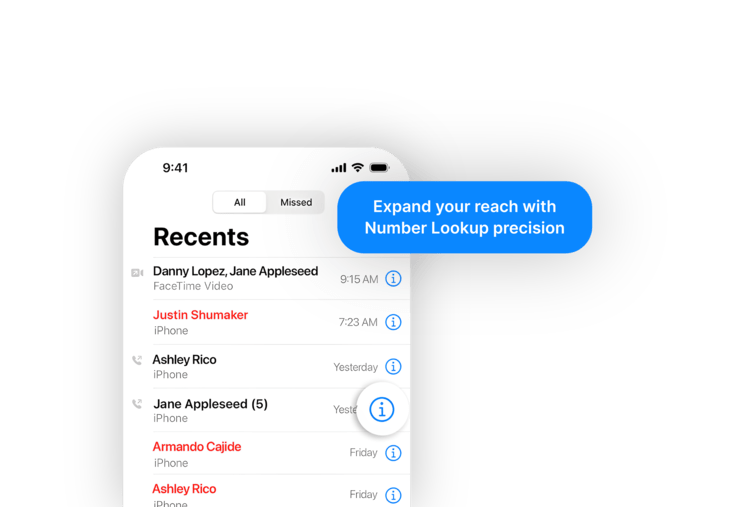How to Utilise Number Lookup for Number Validation and What It Is

Number Lookup explanation
A specific type of telecommunications service called Number Lookup, or HLR (Home Location Register) lookup, dynamically connects to a central database (hosted by the operator) that has information on every mobile phone user permitted to access the GSM core network. Know more about phone number checker
Recently, advertisements and programs based on mobile phone numbers have found effective uses for number search requests. Businesses have utilised them to automatically verify the validity and condition of mobile numbers stored in their databases, enabling them to improve various procedures and cut costs.
Each phone number has identifying information that sets it apart from all other phone numbers worldwide. The information regarding MCC (mobile country code), MNC (mobile network code), and MSIN (mobile subscription identification number) is first contained in the fifteen-digit IMSI (International Mobile Subscriber Identity).
The country code for the number (which is 219 in Croatia) appears in the first three digits of the IMSI. The network, in this example T-Mobile Croatia, is identified by the next two digits, 01, which they are. The final 10 numbers are the Mobile Security Identification identifier (MSIN), a 10-digit unique identifier that may be used by any carrier to identify a user’s phone.
MNP (mobile number portability), or determining if a mobile number is ported or not, is the second thing that Number Lookup aids with. It is common for a mobile network provider’s subscriber to switch to another provider while retaining their previous number. That happens regularly in nearly every nation on the planet.
Number Lookup helps identify roaming mode on a phone number, crucial for safeguarding clients’ accounts and preventing fraudulent activity.
Sync vs. Async in Number Lookup
A Number Lookup can be completed successfully in two ways. When a client submits a single or multiple number lookup query, one is synchronous and carried out via HTTP API. The crucial aspect of this kind of lookup is that you have to wait until each search is finished if you perform number lookups using it. There may occasionally be a line if there is a list of numbers that need to be verified.
However, asynchronous Number Lookup operates differently and is carried out over a special notify URL that is defined by the client. You don’t have to wait for each request to be fulfilled when using it to submit as many as you like. A notice will appear on your notify URL. If you have numerous databases or a huge phone number database, receiving notifications on notifyURL is useful for obtaining bulk lists or individual numbers based on the operator.
Since they have limited processing time, synchronous REST HTTP APIs provide replies after each request, which results in slower response times. A call-back server is required for asynchronous APIs, which increase integration complexity but offer real-time notifications and performance improvements. Data protection requires security, thus clients should install a secure firewall. Speed and response time are advantages of both approaches.







